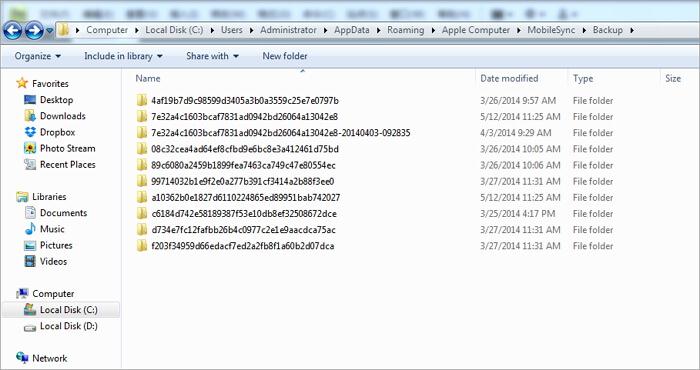
- How to view file types in documents app foe ios mac os#
- How to view file types in documents app foe ios code#
A user usually never has to save a document explicitly. UIDocument follows the saveless model and automatically saves a document’s data at specific intervals. Relevant Chapter: Managing the Life Cycle of a Document An Application Ensures That Document Data is Saved Automatically

Moving document files from iCloud storage to the application sandbox follows a similar procedure. To move document files to iCloud, they compose a file URL locating the document in an iCloud container directory of the application and then call a specific method of the NSFileManager class, passing in the file URL. Relevant Chapter: Managing the Life Cycle of a Document An Application Stores Document Files in iCloud Upon User RequestĪpplications give their users the option for putting all document files in iCloud storage or all document files in the local sandbox. Moving documents to iCloud storage (and removing them from iCloud storage) Monitoring changes in document state and responding to errors or version conflicts Relevant Chapter: Creating a Custom Document Object An Application Manages a Document Through Its Life CycleĪn application is responsible for managing the following events during a document’s lifetime: To fulfill this role, your subclass of UIDocument must override the contentsForType:error: method and the loadFromContents:ofType:error: method, respectively. It gives the UIDocument class the data to write to the document file and, after the document file is read, it initializes its model objects with the data that UIDocument gives it. The primary role of a document object is to be the “conduit” of data between a document file and the model objects that internally represent document data. Relevant Chapters: Designing a Document-Based Application, Document-Based Application Preflight Creating a Subclass of UIDocument Requires Two Method Overrides You also need to plan for the view controllers (and views) managing such tasks as opening documents, indicating errors, and moving selected documents to and from iCloud storage.
How to view file types in documents app foe ios mac os#
Most importantly, what is the best format of document data for your application, and how can you make that format work for your application in iOS and Mac OS X? What is the most appropriate document type?
How to view file types in documents app foe ios code#
Relevant Chapter: Designing a Document-Based Application When Designing an Application, Consider Document-Data Format and Other Issuesīefore you write a line of code you should consider aspects of design specific to document-based applications. A document object, in turn, is typically managed by a view controller that presents a document to users.

A document object manages the data associated with a document, specifically the model objects that internally represent what the user is viewing and editing. In the Model-View-Controller design pattern, document objects-that is, instances of subclasses of UIDocument-are model controllers. At a GlanceĪlthough a document-based application is responsible for a range of behaviors, making an application document-based is usually not a difficult task. It also saves document data automatically and periodically, freeing your users from the need to explicitly save. Besides its integration with iCloud, UIDocument reads and writes document data in the background so that your application’s user interface does not become unresponsive during these operations.

UIDocument takes care of many details related to document management for you. A document-based application must create a subclass of UIDocument that loads document data into its in-memory data structures and supplies UIDocument with the data to write to the document file. The UIKit framework offers support for applications that manage multiple documents, with each document containing a unique set of data that is stored in a file located either in the application sandbox or in iCloud.Ĭentral to this support is the UIDocument class, introduced in iOS 5.0. Next About Document-Based Applications in iOS


 0 kommentar(er)
0 kommentar(er)
